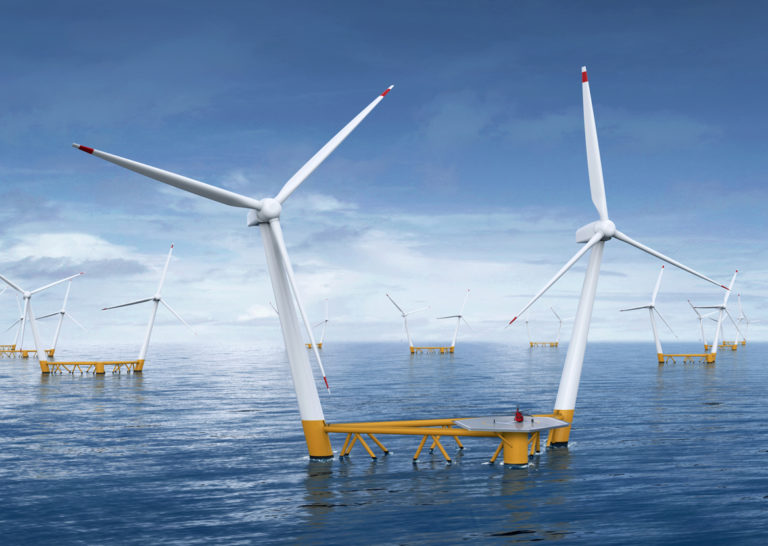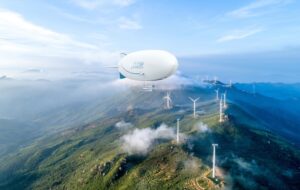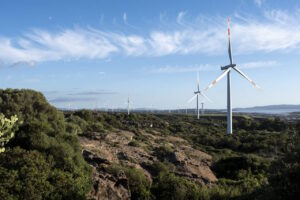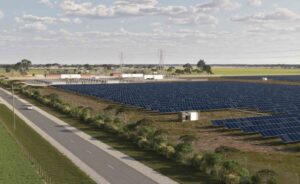A unique floating offshore wind demonstration project has been announced for Norway, which will use Swedish wind developer Hexicon’s new system of pairing two wind turbines atop a floating platform.
The demonstration project will be built at Metcentre’s deep-water area off the coast of Norway. Metcentre, short for Marine Energy Test Centre, is a world leading North Sea test centre for testing new marine renewable energy technologies such as floating wind power, floating solar energy, and wave energy technologies.
Metcentre has applied for consent to develop its deep-water area to 85MW, while the Hexicon demonstration project is expected to be 6MW.
Hexicon’s TwinWay technology is more than just a platform for two wind turbines instead of one. The floating platform passively aligns with the wind direction as the wind turbines are downwind of the mooring point, therefore allowing the wind to naturally turn the platform.
Hexicon’s TwinWay floating platforms are moored to the seafloor using steel cables, stabilising the turbines but also mitigating the need for the expensive installation of costly concrete foundations.
“This is not only a great opportunity to demonstrate Hexicon’s patented technology and capability in project development, but foremost an important step for the floating wind sector,” said Hexicon CEO Marcus Thor.
“With this project we can demonstrate the clear benefits with offshore floating wind compared to onshore as well as bottom fixed offshore wind power, and how it is set to become a highly relevant part of the future renewable energy mix.”
Founded in 2009, Hexicon has participated in the development of projects all over the globe, including plans for the world’s largest floating wind farm located off the coast of South Korea.
The Donghae TwinWind Project, set to be located 62-kilometres off the coast of Ulsan, will boast an installed capacity of 200MW and also utilise Hexicon’s TwinWay platforms.
Hexicon is also involved in projects to use its TwinWay platforms for floating offshore wind farms in the Iberian Peninsula and in Scotland.










